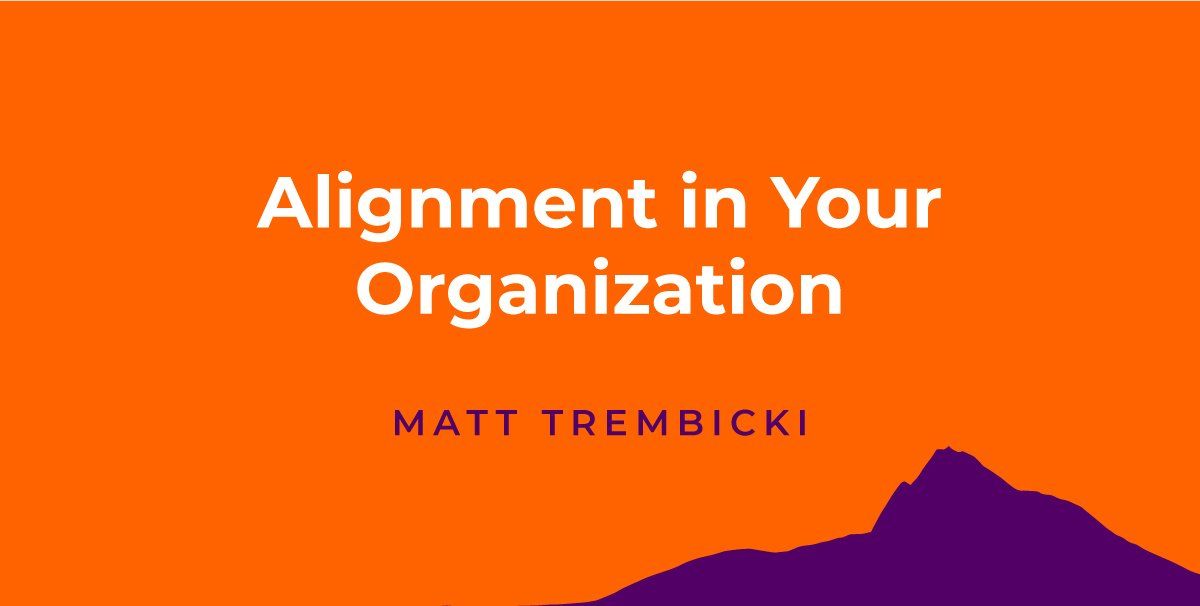Alignment in Your Organization
I wanted to address the subject of alignment today—specifically, alignment within an organization. Organizational alignment is the adoption of the mentality that your entire team, all the way up to the CEO, is committed to being aligned in a single, shared vision for the company moving forward.
Being in agreement with your objectives makes moving forward alongside one another as one cohesive team far more effective and sustainable. When true alignment is achieved, it means that your team can accomplish goals while also having the benefit of total transparency, mutual respect, trust, and accountability across all departments.
So, how do we get together—or aligned? I’ve found that a few simple questions are a great start to get you headed in the right direction. Ask your collective company team: Why are we doing what we are doing? What is our true purpose that drives us? By aligning your organization to agree on the same conclusion, the path forward is far more straightforward and seamless, as you are all heading in the same direction with the same ultimate objective.
Now, prepare yourself as you are attempting to reach a consensus on this, as almost always, especially during a time of change or transition within an organization, there will be some resistance within different groups and teams. This resistance and lack of consensus may be regarding ultimate goals but often swirls around the issue of the best methods and practices for how to reach these goals.
For this reason, once a clear objective is agreed upon, a plan of action is vital for successful organizational alignment. Setting up this roadmap of sorts, including allotting what responsibility will go to who and when, provides greater clarity for issues such as who holds the decision rights within the organization for each task and sector.
When there is a clearly defined route to the now established goals, and everyone knows and has agreed upon their specific roles in accomplishing those goals, organizational alignment will feel near effortless. It will allow your company to operate like a well-oiled machine, without the creaky wheels. Why? Because it also allows employees to focus on performing their tasks rather than wasting precious time and energy figuring out who is supposed to do what, who is in charge, and what is going on at any given time. In short: It simplifies and streamlines to keep the ship moving forward steadily—no mutinies in sight.
Famous entrepreneur and innovative genius Henry Ford knew the importance of organizational alignment, as he once said: “If everyone is moving forward together, then success takes care of itself.” I couldn’t agree more.
The numerous benefits that alignment can bring to your team include increased speed in decision making, greater efficiency, better team engagement, reduction in wasted resources, and greater employee autonomy. Did I mention alignment also creates a vastly improved culture within your organization? It does.
While achieving absolute perfection in organizational alignment may not be feasible, at AMPlify, we aim to get you as close as humanly possible. We are waiting and ready with all of the resources and support to get you started. Contact us today to discover how we can help your company thrive altogether.




